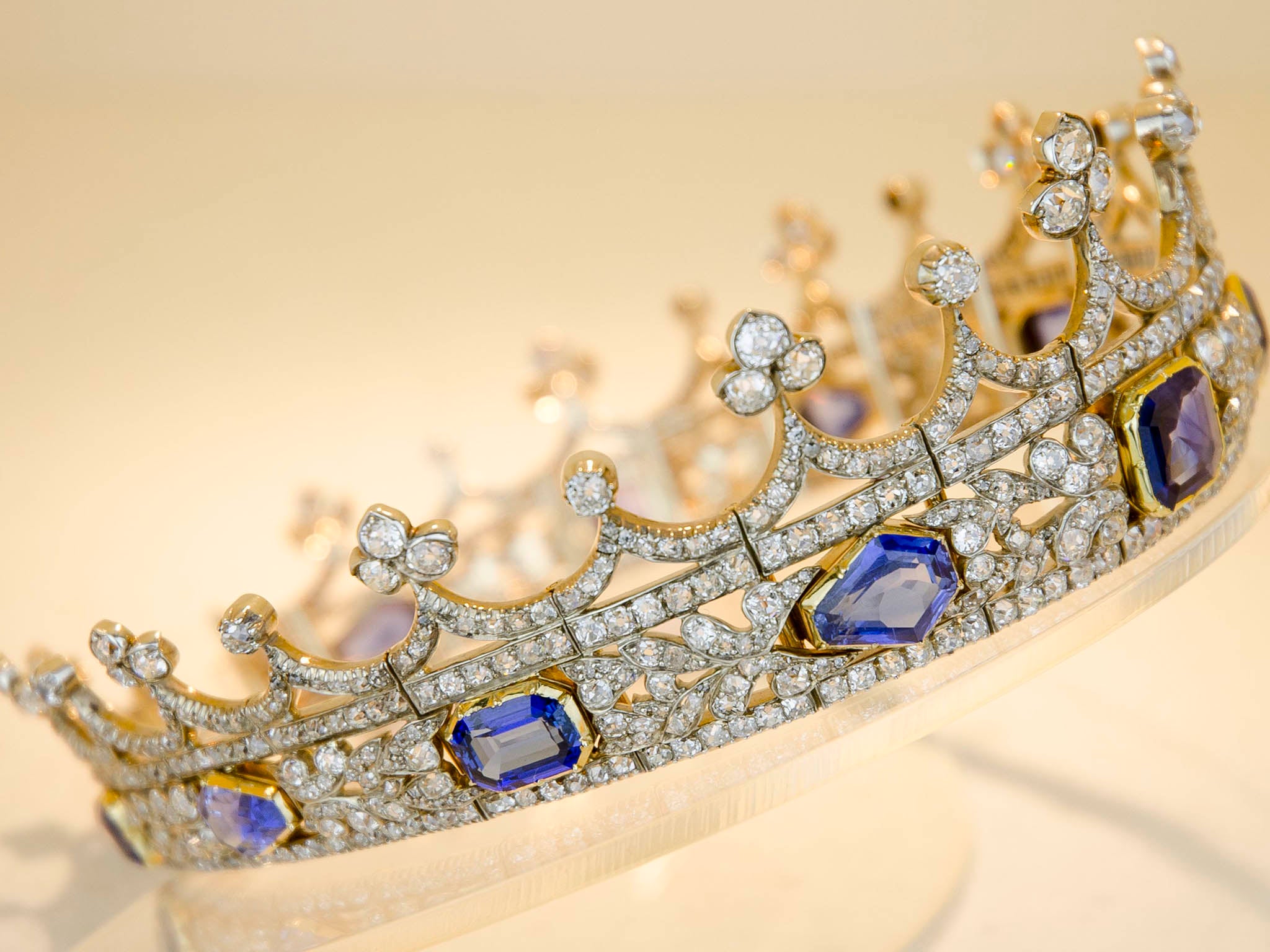Queen Victoria wedding coronet could leave UK unless British buyer is found
The coronet is considered one of the most important jewels of Queen Victoria’s long reign and was designed for her by Prince Albert in 1840, the year of their wedding

A coronet worn by Queen Victoria and designed by her beloved husband Albert could be exported unless a UK buyer can be found for the multi-million pound piece of jewellery.
The item has been sold to a buyer who wants to export the item but the Government has imposed a temporary bar in an attempt to find a person or institution to meet the £5m asking price, plus £1m in VAT, to keep the sapphire and diamond coronet in the UK.
The coronet is considered one of the most important jewels of Queen Victoria’s long reign and was designed for her by Prince Albert in 1840, the year of their wedding.
The jewels matched the sapphire and diamond brooch that Albert had given to Victoria on the day before their wedding.
The coronet was finally made by goldsmith Joseph Kitching in 1842 at a cost of £415, using stones which came from jewellery given to Victoria by her uncle and predecessor William IV and his queen Adelaide.
Victoria is depicted wearing the coronet in a famous portrait painted that year by Franz Xaver Winterhalter.
She also wore the coronet for the state opening of parliament in 1866, the first time she had attended the ceremony since the death of Albert in 1861, possibly as a reminder of her late husband.
The item is decorated with 11 sapphires set in gold with diamonds set in silver.
The coronet was given by George V and Queen Mary to Princess Mary on her marriage to Viscount Lascelles in 1922 and was later sold to a dealer in London, who subsequently sold it to the overseas buyer who has applied for an export licence.
The decision to defer the export licence until 27 December follows a recommendation by the Reviewing Committee on the Export of Works of Art and Objects of Cultural Interest (RCEWA).
There is also the possibility of an extension until 27 June next year if an alternative British buyer emerges with the serious intention to raise the necessary £6m.
RCEWA member Philippa Glanville said: “Key to the self-image of the young Victoria, this exquisite coronet was designed by her husband Prince Albert.
“Worn in her popular state portrait by Winterhalter of 1842, the year it was made, its combination of personal meaning and formality explains why she chose to wear it in 1866, emerging from mourning for the state opening of Parliament.
“It evokes vividly the shared romantic taste of the time, and its form has become familiar through many reproductions. Its departure would be a great loss, given its beauty, its associations and its history.”
Culture Minister Matt Hancock, who imposed the temporary export bar, said: “Queen Victoria’s coronet is stunning. It is one of the most iconic jewels from a pivotal period in our history and symbolises one of our nation’s most famous love stories.
“I hope that we are able to keep the coronet in the UK and on display for the public to enjoy for years to come.”
PA
Join our commenting forum
Join thought-provoking conversations, follow other Independent readers and see their replies
Comments